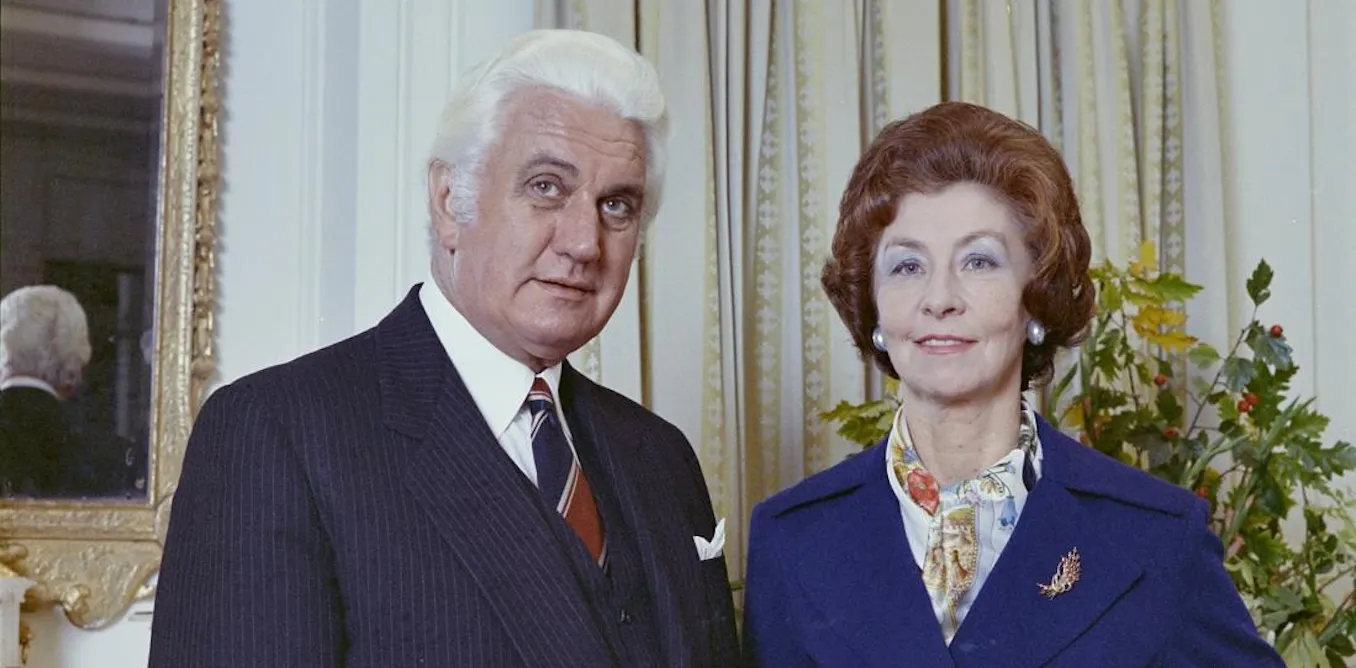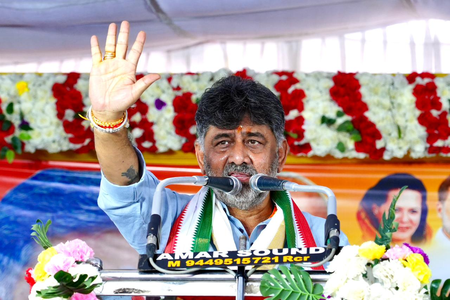Copyright theconversation

The Dismissal still looms as Australia’s greatest political crisis, 50 years on. The familiar story centres on four figures. Governor general Sir John Kerr – who, on November 11 1975, sacked prime minister Gough Whitlam. Malcolm Fraser, the opposition leader who blocked the budget to force the election he would soon win. And the queen. But Whitlam, Nobel Prize winning Australian novelist Patrick White and others suspected a quieter influence behind the scenes: Kerr’s wife, Anne. Whitlam likened her to a king’s mistress who conspired with allies to bring down a rival and called her “the Lady Macbeth of Yarralumla”. White wrote Anne had “probably been half the trouble”. And Labor powerbroker Clyde Cameron called her “the one who was wearing the trousers”. Both Kerrs denied accusations of her involvement. A gifted linguist, Anne built a notable career across the Asia-Pacific, interpreting for leaders such as Jawaharlal Nehru, the first prime minister of independent India, and Ben Chifley. In 1975, she gave it up to marry John Kerr, just months before he dismissed the Labor government. A talented interpreter, her life and career were shaped by the gender order of postwar Australia. So who was Anne Kerr – and did she really play a role in Whitlam’s downfall? Anne and John Kerr: ‘plebian elites’ Anne Kerr was born into a middle-class family as Annie Dorothy Taggart on August 21 1914 in Eastwood, Sydney. Known to her friends as Nancy, she was among the few women to attend the University of Sydney in the 1930s, and spent two years at the Sorbonne in Paris on a prestigious scholarship. She first met John Kerr in the 1940s through her first husband, Hugh Robson, later QC and judge. Like Kerr, he worked at the New South Wales Bar. In her 1988 memoir, Lanterns Over Pinchgut, Anne recalls she and Kerr had shared a “strong sense of affinity” since those early days. When Kerr became principal of the Australian School of Pacific Administration in Mosman, he offered her a position as a teacher and researcher. It was then, in 1947, that Anne gained her first professional experience as an interpreter at the South Seas Regional Conference, an international event that established the South Pacific Commission (now the Pacific Community), an intergovernmental development organisation for which John Kerr was interim secretary. Their professional lives continued to overlap over the following decades. In 1966, for example, Anne worked as an interpreter for the Law Association for Asia and the Western Pacific where Kerr, by then a federal judge, was founding president. Beyond their professional entanglements, the Kerrs seem to have shared similar outlooks on life. Both shifted from being on the left in their youth to far more conservative and traditional positions later on. Former Whitlam minister “Diamond” Jim McClelland saw in John Kerr a kind of “plebeian elitism” – a lust for prestige and to be accepted by the Establishment. Anne seemed to share something of that impulse. On the strength of her own intellectual achievements, she described herself as “élitiste”. As the second Lady Kerr, she reportedly reinstated the tradition requiring women to curtsy to her at Government functions. And, at Yarralumla, in what could be seen as an emulation of British aristocratic traditions, she reportedly took to having breakfast served in bed. In a country increasingly asserting its own independent nationalism in the wake of empire, the Kerrs appear to have inhabited a world of their own, increasingly out of step with the times. Misogyny or truth? In his account of the Dismissal, Gough Whitlam likened Anne to Madame du Barry, the official mistress of King Louis XV. It was a clever but cutting double barb: Du Barry had conspired with allies to bring down her rival, the Duc de Choiseul, in order to consolidate her own power at court. So Whitlam was not only implying impropriety, but suggesting Anne had played a political role in the Dismissal itself. Patrick White, who despised both Kerrs, agreed. To back up his theory, Whitlam cited a reported conversation between the Kerrs and poet James McAuley and his wife. Kerr allegedly said Anne had warned him not to consult Whitlam about his plan to dismiss the government – Whitlam might first have him sacked. Kerr also reportedly said Anne had talked him out of resigning after Malcolm Fraser’s election victory. But all these depictions of Anne come almost entirely from men writing after 1975. They are irredeemably steeped in misogyny and contempt, bred by her association with Kerr. (In private, Whitlam and White called her “Fancy Nancy”.) Many thought the idea Anne controlled John Kerr was an exaggeration. Richard Hall, Whitlam’s former press secretary, pointed to the couple’s heated arguments witnessed by staff as “evidence against petticoat domination”. Conservative columnist David McNicoll described Anne as “a most forceful personality,” but thought her influence was milder. He thought it was her love of all things French that had led to Kerr’s appointment at UNESCO in Paris. We know Kerr confided in Anne in the days leading up to the Dismissal: he showed her the documents he had prepared to dismiss Whitlam, and even incorporated one of her suggestions into the draft. She was clearly not a passive observer, but that doesn’t make her a manipulative puppet master either. Even so, her involvement, however limited, sheds light on the broader story of the Dismissal. The heart of the matter My recent research also shows Kerr likely used his influence to expedite Anne’s divorce from her first husband so they could marry quickly, less than a year after Kerr’s first wife Alison, the first Lady Kerr, died. This shows how closely intimacy and power can be intertwined. Anne also faced misogyny for pursuing professional interests outside the home and beyond the traditional roles of wife and mother. Her first marriage in 1940 (to solicitor Hugh Robson) gave her the financial means to hire a nanny so she could build a part-time career in interpreting. She still had to face accusations she was neglecting her children. In 1953, she described herself in the Australian Women’s Weekly as “a housewife,” but added that it “did not mean she spent all her time in the kitchen wearing an apron”. The remark neatly captured 1950s debates about women’s work and the limits of domesticity in bringing fulfilment. In 1954, at the outset of the Vietnam War, she was called on as an expert to speak about French Indochina, including on ABC Radio. Listeners praised the rare on-air presence of a “quiet yet forceful-voiced woman” discussing international affairs. By the mid-1960s, she was consulting on interpreting services. In 1966, she became the first Australian elected to the International Association of Conference Interpreters. Over the following decade, she worked across the Asia-Pacific with organisations including WHO, UNESCO, the Colombo Plan and the South Pacific Commission. Her career traces the expanding map of postwar Australian internationalism and the limits placed on women within it. Fifty years on, there is renewed interest in what shaped John Kerr’s decision on November 11 1975. But to understand him fully, we must also reckon with Anne, her intellect and her ambitions. This expands our view of the Dismissal beyond politics, to the realm of the personal. After all, the dominant symbol atop John Kerr’s elaborate vice-regal coat of arms is a gold heart: a pun on the Australian pronunciation of “Kerr”, echoing the French “cœur” (heart). It was one of Lady Anne Kerr’s suggestions.



